
-
L-(+)-麦角硫因
NMR and HPLC COA下载 MSDS下载 - Names:
Ergothioneine
- CAS号:
497-30-3
MDL Number: MFCD00167474 - MF(分子式): C9H15N3O2S MW(分子量): 229
- EINECS:207-843-5 Reaxys Number:
- Pubchem ID:5351619 Brand:BIOFOUNT
| 货品编码 | 规格 | 纯度 | 价格 (¥) | 现价(¥) | 特价(¥) | 库存描述 | 数量 | 总计 (¥) |
|---|---|---|---|---|---|---|---|---|
| LSH65838-1kg | 1kg | 化妆品级 | ¥ 0.00 | ¥ 0.00 | Instock | ¥ 0.00 | ||
| LSH65838-1g | 1g | 95% | ¥ 0.00 | ¥ 0.00 | Instock | ¥ 0.00 | ||
| LSH65838-100mg | 100mg | 95% | ¥ 5880.00 | ¥ 5880.00 | Instock | ¥ 0.00 | ||
| LSH65838-25mg | 50mg | 95% | ¥ 2999.00 | ¥ 2999.00 | Instock | ¥ 0.00 | ||
| LSH65838-10mg | 10mg | 95% | ¥ 699.00 | ¥ 699.00 | Instock | ¥ 0.00 |
| 中文别名 | L-(+)-麦角硫因;麦角硫因;(497-30-3),2-巯基组氨酸甜菜碱 |
| 英文别名 | Ergothioneine;L-(+)-Ergothioneine(497-30-3),L-(+)-ERGOTHIONEINE (2S)-3-(2-Sulfanyl-1H-imidazol-5-yl)-2-(trimethylammonio)propanoate |
| CAS号 | 497-30-3 |
| SMILES | S=C1NC(C[C@@H](C([O-])=O)[N+](C)(C)C)=CN1 |
| Inchi | InChI=1S/C9H15N3O2S/c1-12(2,3)7(8(13)14)4-6-5-10-9(15)11-6/h5,7H,4H2,1-3H3,(H2-,10,11,13,14,15)/t7-/m0/s1 |
| InchiKey | SSISHJJTAXXQAX-ZETCQYMHSA-N |
| 分子式 Formula | C9H15N3O2S |
| 分子量 Molecular Weight | 229 |
| 闪点 FP | No data available |
| 熔点 Melting point | 225 °C |
| 沸点 Boiling point | No data available |
| Polarizability极化度 | No data available |
| 密度 Density | No data available |
| 蒸汽压 Vapor Pressure | No data available |
| 溶解度Solubility | H2O: 125 mg/mL (545.14 mM), Need ultrasonic ( < 1 mg/ml refers to the product slightly soluble or insoluble ) |
| 性状 | soild power |
| 储藏条件 Storage conditions | storage at -4℃ (1-2weeks), longer storage period at -20℃ (1-2years) |
L-(+)-麦角硫因配制溶液:
| 1 mg | 5 mg | 10 mg | |
| 1 mM | 4.361 ml | 21.805 ml | 43.611 ml |
| 5 mM | 0.872 ml | 4.361 ml | 8.722 ml |
| 10 mM | 0.436 ml | 2.181 ml | 4.361 ml |
| 50 mM | 0.087 ml | 0.436 ml | 0.872 ml |
L-(+)-麦角硫因(L-(+)-Ergothioneine,497-30-3)实验注意事项:
1.实验前需戴好防护眼镜,穿戴防护服和口罩,佩戴手套,避免与皮肤接触。
2.实验过程中如遇到有毒或者刺激性物质及有害物质产生,必要时实验操作需要手套箱内完成以免对实验人员造成伤害
3.实验后产生的废弃物需分类存储,并交于专业生物废气物处理公司处理,以免造成环境污染Experimental considerations:
1. Wear protective glasses, protective clothing and masks, gloves, and avoid contact with the skin during the experiment.
2. The waste generated after the experiment needs to be stored separately, and handed over to a professional biological waste gas treatment company to avoid environmental pollution.
Tag:麦角硫因,L-(+)-麦角硫因蒸汽压,L-(+)-麦角硫因合成,L-(+)-麦角硫因标准,L-(+)-麦角硫因应用,L-(+)-麦角硫因合成,L-(+)-麦角硫因沸点,L-(+)-麦角硫因闪点,L-(+)-麦角硫因用途,L-(+)-麦角硫因溶解度,L-(+)-麦角硫因价格,L-(+)-麦角硫因作用,L-(+)-麦角硫因结构式,L-(+)-麦角硫因用处
| 产品说明 | L-(+)-麦角硫因(497-30-3)简称麦角硫因具有抗氧化特性的组氨酸的天然代谢产物,麦角硫因g级,kg级;L-(+)-麦角硫因还可用于化妆品中,L-(+)-麦角硫因应用,L-(+)-麦角硫因说明见主页. |
| Introduction | L-(+)-Ergothioneine(麦角硫因,497-30-3) Only used for scientific research experiments, not for other purposes |
| Application1 | |
| Application2 | |
| Application3 |
2.A naturally occurring metabolite of HISTIDINE that has antioxidant properties.
| 警示图 | |
| 危险性 | warning |
| 危险性警示 | Not available |
| 安全声明 | H303吞入可能有害+H313皮肤接触可能有害+H333吸入可能对身体有害 |
| 安全防护 | P264处理后彻底清洗+P280戴防护手套/穿防护服/戴防护眼罩/戴防护面具+P305如果进入眼睛+P351用水小心冲洗几分钟+P338取出隐形眼镜(如果有)并且易于操作,继续冲洗+P337如果眼睛刺激持续+P313获得医疗建议/护理 |
| 备注 | 实验过程中防止吸入、食入,做好安全防护 |
| Oumari M, et al. Regeneration of ergothioneine after reaction with singlet oxygen. Free Radic Biol Med. 2019 Apr;134:498-504. |
| Xu, Jinzhu; Yadan, Jean Claude. Synthesis of L-(+)-Ergothioneine. Journal of Organic Chemistry (1995), 60(20), 6296-301. |
| OHARA M, TOMITA K, WATANABE R, KONO K, WATANABE K: Estimation of ergothioneine in urine, blood and organs by determination of the alkaline perhydrol-labile sulfur. Jpn J Med Sci Biol. 1952 Oct;5(5):25 |
| Grundemann D, Harlfinger S, Golz S, Geerts A, Lazar A, Berkels R, Jung N, Rubbert A, Schomig E: Discovery of the ergothioneine transporter. |
| Elshenawy S, Pinney SE, Stuart T, Doulias PT, Zura G, Parry S, Elovitz MA, Bennett MJ, Bansal A, Strauss JF 3rd, Ischiropoulos H, Simmons RA: The Metabolomic Signature of the Placenta in Spontaneous P |
Abstract:
Background: Oxygen is both essential and toxic to all forms of aerobic life and the chemical versatility and reactivity of thiols play a key role in both aspects. Cysteine thiol groups have key catalytic functions in enzymes but are readily damaged by reactive oxygen species (ROS). Low-molecular-weight thiols provide protective buffers against the hazards of ROS toxicity. Glutathione is the small protective thiol in nearly all eukaryotes but in prokaryotes the situation is far more complex.
Scope of review: This review provides an introduction to the diversity of low-molecular-weight thiol protective systems in bacteria. The topics covered include the limitations of cysteine as a protector, the multiple origins and distribution of glutathione biosynthesis, mycothiol biosynthesis and function in Actinobacteria, recent discoveries involving bacillithiol found in Firmicutes, new insights on the biosynthesis and distribution of ergothioneine, and the potential protective roles played by coenzyme A and other thiols.
Major conclusions: Bacteria have evolved a diverse collection of low-molecular-weight protective thiols to deal with oxygen toxicity and environmental challenges. Our understanding of how many of these thiols are produced and utilized is still at an early stage.
General significance: Extensive diversity existed among prokaryotes prior to evolution of the cyanobacteria and the development of an oxidizing atmosphere. Bacteria that managed to adapt to life under oxygen evolved, or acquired, the ability to produce a variety of small thiols for protection against the hazards of aerobic metabolism. Many pathogenic prokaryotes depend upon novel thiol protection systems that may provide targets for new antibacterial agents. This article is part of a Special Issue entitled Cellular functions of glutathione.
2.Effect of Ergothioneine on 7-Ketocholesterol-Induced Endothelial Injury/PMID 33067719; Neuromolecular medicine 2020 Oct; ?(?):/Name matches: inflammation ergothioneine
Abstract:Ergothioneine (ET) is a naturally occurring antioxidant that is synthesized by non-yeast fungi and certain bacteria. ET is not synthesized by animals, including humans, but is avidly taken up from the diet, especially from mushrooms. In the current study, we elucidated the effect of ET on the hCMEC/D3 human brain endothelial cell line. Endothelial cells are exposed to high levels of the cholesterol oxidation product, 7-ketocholesterol (7KC), in patients with cardiovascular disease and diabetes, and this process is thought to mediate pathological inflammation. 7KC induces a dose-dependent loss of cell viability and an increase in apoptosis and necrosis in the endothelial cells. A relocalization of the tight junction proteins, zonula occludens-1 (ZO-1) and claudin-5, towards the nucleus of the cells was also observed. These effects were significantly attenuated by ET. In addition, 7KC induces marked increases in the mRNA expression of pro-inflammatory cytokines, IL-1β IL-6, IL-8, TNF-α and cyclooxygenase-2 (COX2), as well as COX2 enzymatic activity, and these were significantly reduced by ET. Moreover, the cytoprotective and anti-inflammatory effects of ET were significantly reduced by co-incubation with an inhibitor of the ET transporter, OCTN1 (VHCL). This shows that ET needs to enter the endothelial cells to have a protective effect and is unlikely to act via extracellular neutralizing of 7KC. The protective effect on inflammation in brain endothelial cells suggests that ET might be useful as a nutraceutical for the prevention or management of neurovascular diseases, such as stroke and vascular dementia. Moreover, the ability of ET to cross the blood-brain barrier could point to its usefulness in combatting 7KC that is produced in the CNS during neuroinflammation, e.g. after excitotoxicity, in chronic neurodegenerative diseases, and possibly COVID-19-related neurologic complications.
3.Ergothioneine Antioxidant Function: From Chemistry to Cardiovascular Therapeutic Potential/PMID 28375902; Journal of cardiovascular pharmacology 2017 Apr; 69(4):183-191 (Review Article)/Name matches: chronic inflammatory ergothioneine
Abstract:Ergothioneine (ESH), the betaine of 2-mercapto-L-histidine, is a water-soluble naturally occurring amino acid with antioxidant properties. ESH accumulates in several human and animal tissues up to millimolar concentration through its high affinity transporter, namely the organic cation transporter 1 (OCTN1). ESH, first isolated from the ergot fungus (Claviceps purpurea), is synthesized only by Actinomycetales and non-yeast-like fungi. Plants absorb ESH via symbiotic associations between their roots and soil fungi, whereas mammals acquire it solely from dietary sources. Numerous evidence demonstrated the antioxidant and cytoprotective effects of ESH, including protection against cardiovascular diseases, chronic inflammatory conditions, ultraviolet radiation damages, and neuronal injuries. Although more than a century after its discovery has gone by, our understanding on the in vivo ESH mechanism is limited and this compound still intrigues researchers. However, recent evidence about differences in chemical redox behavior between ESH and alkylthiols, such as cysteine and glutathione, has opened new perspectives on the role of ESH during oxidative damage. In this short review, we discuss the role of ESH in the complex machinery of the cellular antioxidant defense focusing on the current knowledge on its chemical mechanism of action in the protection against cardiovascular disease.
- 相关产品
-
< >
- 推荐产品
-
< >
- 最新产品
-
< >
新闻
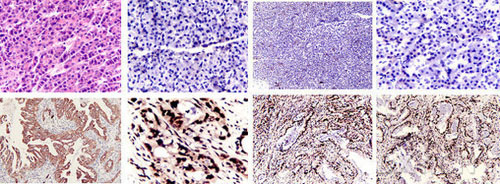
怎么做细胞爬片免疫组化染色实验
细胞爬片免疫组化染色,是通过细胞爬片是让玻片浸在细胞培养基内,细胞在玻片上生长,主要用于组织学,免疫组织化学...
2020/7/20 22:04:33
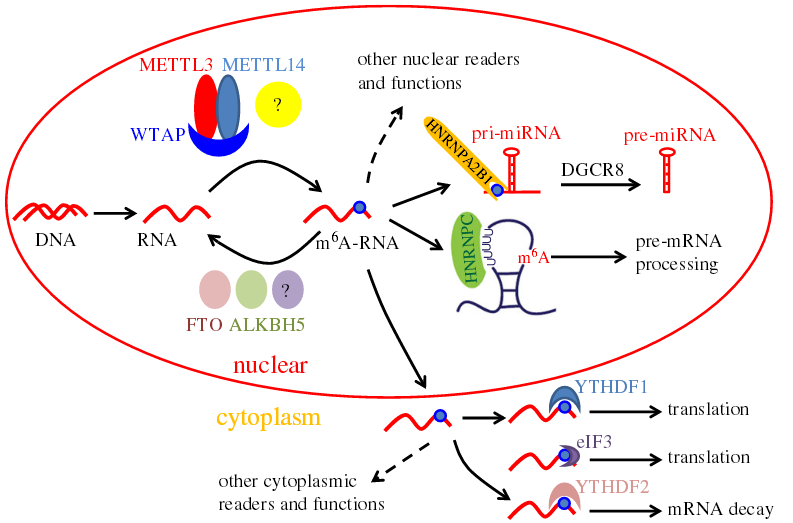
提取病毒RNA的实验方法
提取病毒RNA方法分别有:异硫氰酸胍的提取病毒RNA方法、TRIzol LS提取法、Trizol法提取法等等...
2020/7/22 20:29:26
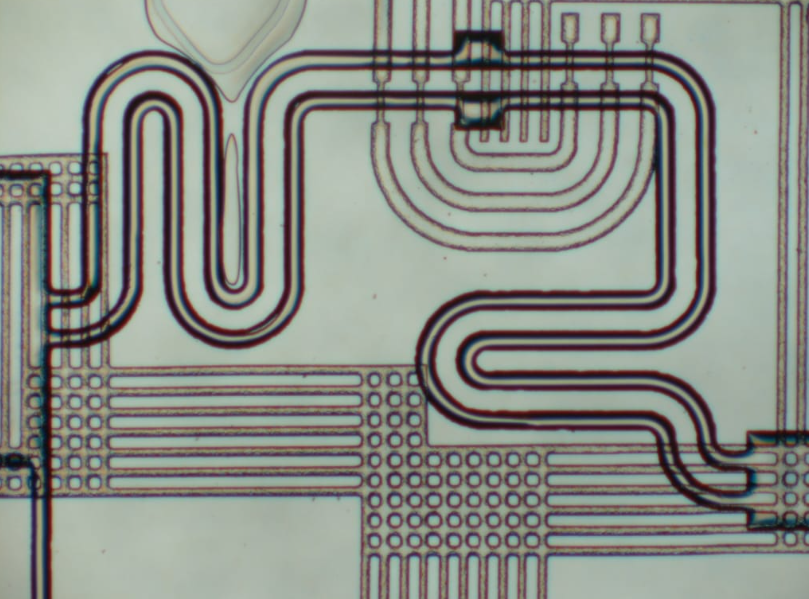
各种微流控芯片键合方法的优缺点
微流控芯片键合:目前主要有激光焊接、热压键合、胶键合、超音波焊接,每种方法都有各自的优缺点。本文主要介绍聚酯...
2023/7/28 10:43:09
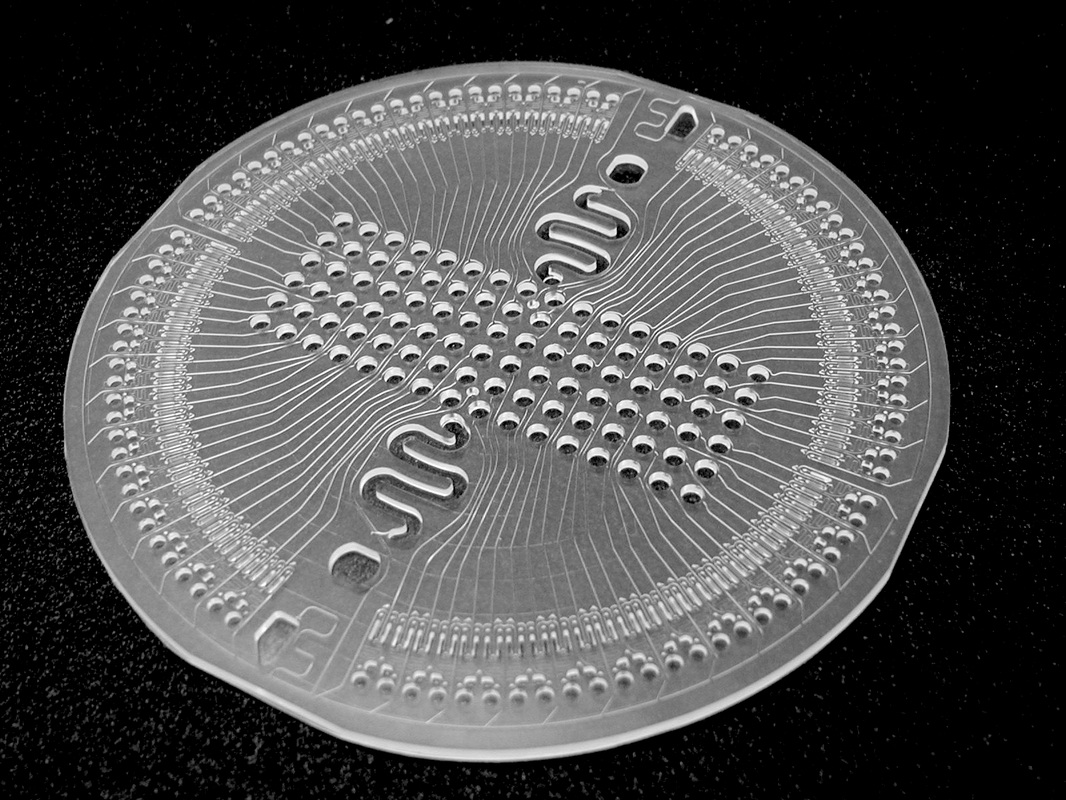
新一代微流控键合解决方案
微流控键合解决方案:微流控芯片制造的一个重要环节,也是最容易被忽视的--芯片键合。其中一个重要因素是:微流控...
2023/7/27 12:44:28
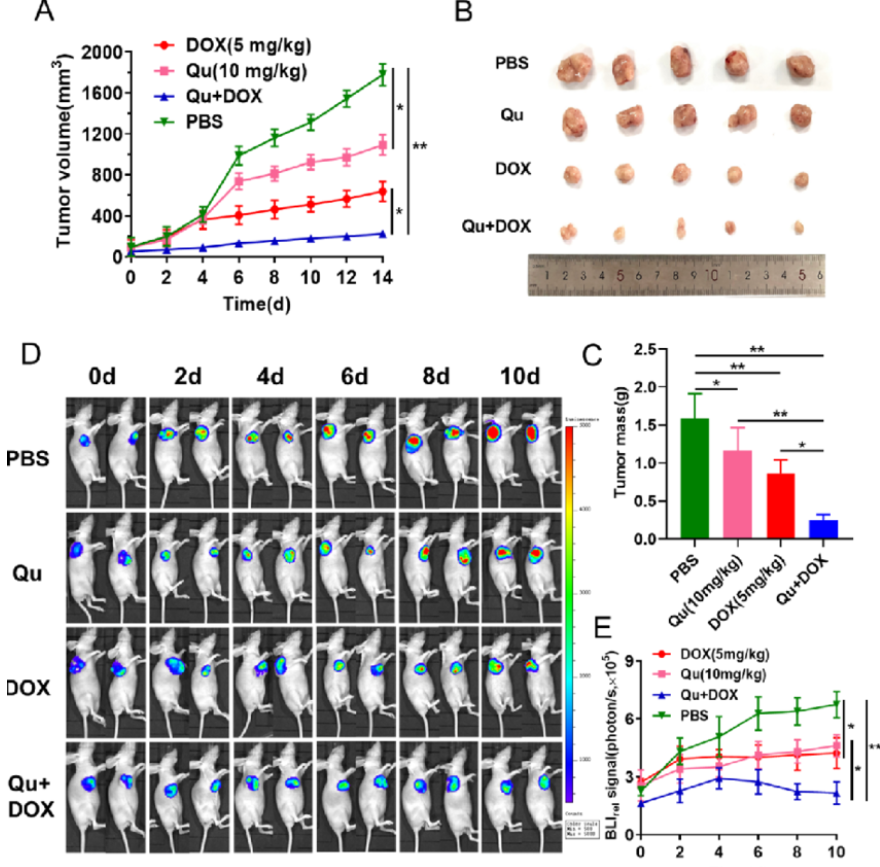
荧光素钾盐使用说明
D-荧光素钾盐(K+)设计用于体外和体内生物发光测定。D-荧光素的质量和纯度对于获得良好和可重复的结果至关重...
2023/7/20 11:05:11
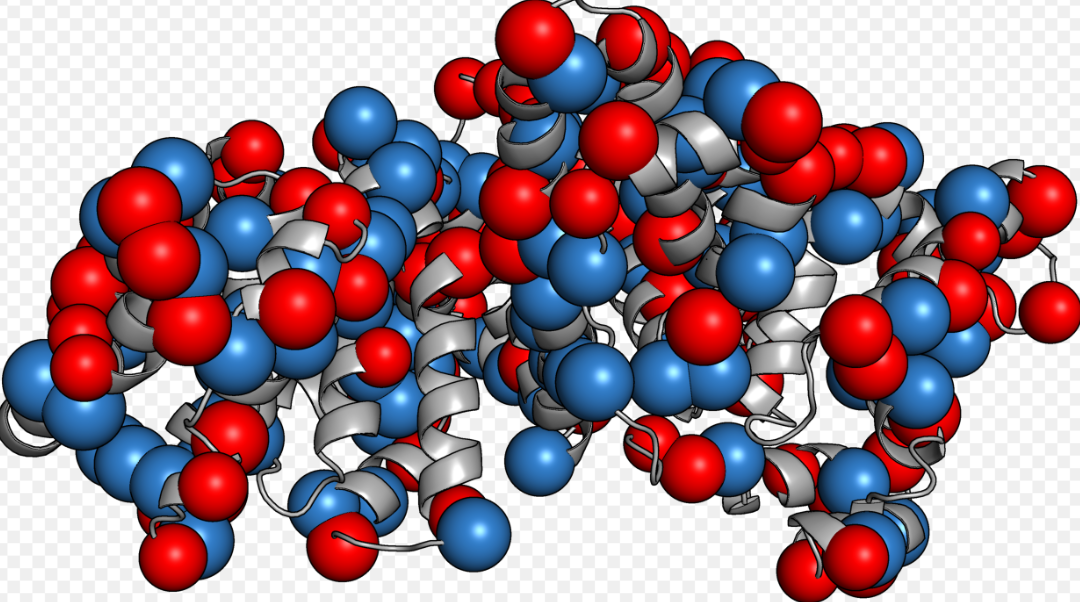
如何选BSA(牛血清白蛋白)
如何选BSA(牛血清白蛋白):牛血清白蛋白(BSA)有多种形式,如何选择适合自己的牛血清白蛋白(BSA)是一...
2023/2/14 13:09:18
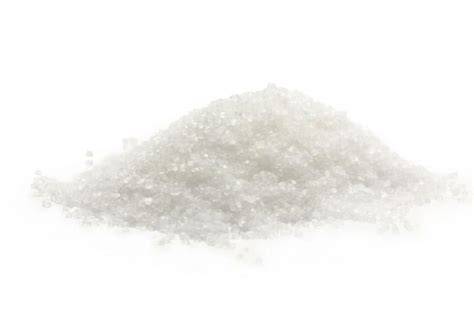
牛血清白蛋白(BSA)常见问题
牛血清白蛋白(BSA)常见问题:牛血清白蛋白(BSA)在实验室中是通用的,可用于蛋白质印迹、细胞组织培养、P...
2022/10/19 9:39:51

pubmed使用方法(技巧)
pubmed使用方法(技巧):PubMed是一个关于医学问题的学术文章和书籍的数据库。因为它是一份学术期刊,...
2022/10/18 18:06:07

BSA(牛血清白蛋白)
BSA(牛血清白蛋白):牛血清白蛋白(BSA)是一种球状蛋白质,牛血清白蛋白(BSA)是发现于牛血浆中的主要...
2022/10/18 16:48:12
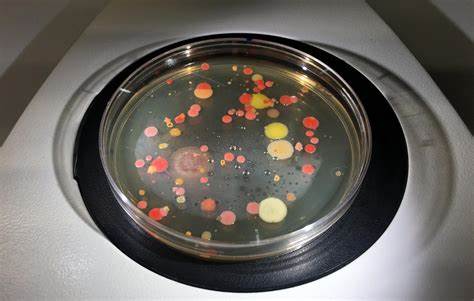
冻干培养细菌的方法
冻干培养细菌的方法:冷冻干燥,也称为冻干或冷冻干燥,是在产品冷冻后除去水分并将其置于真空中的过程。这使得冰可...
2022/10/16 8:27:31




 购物车
购物车 



